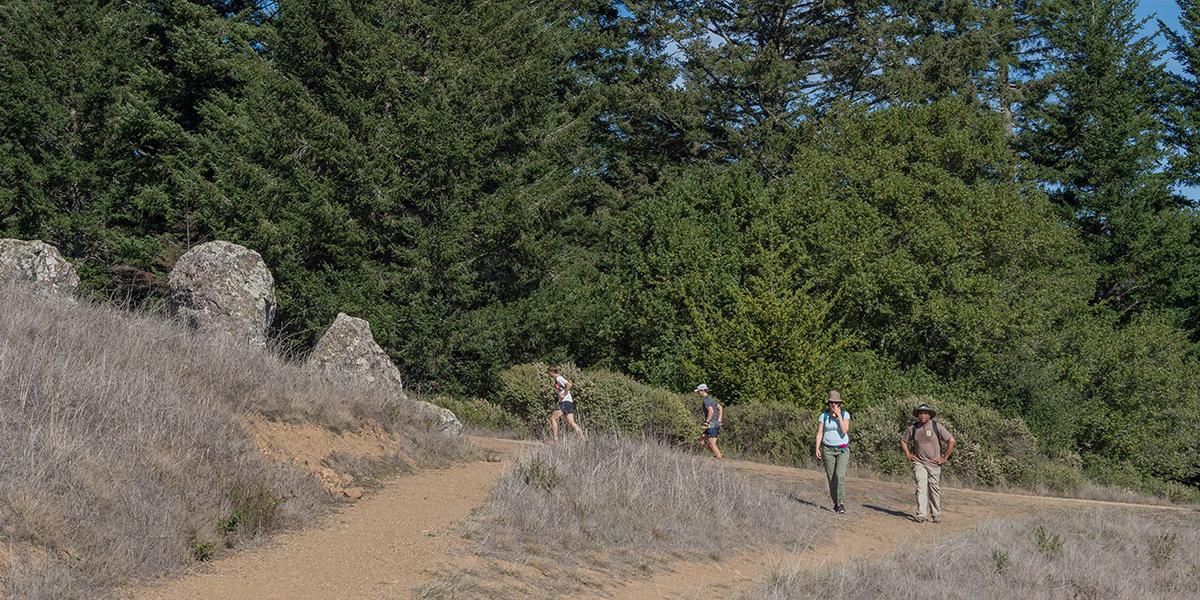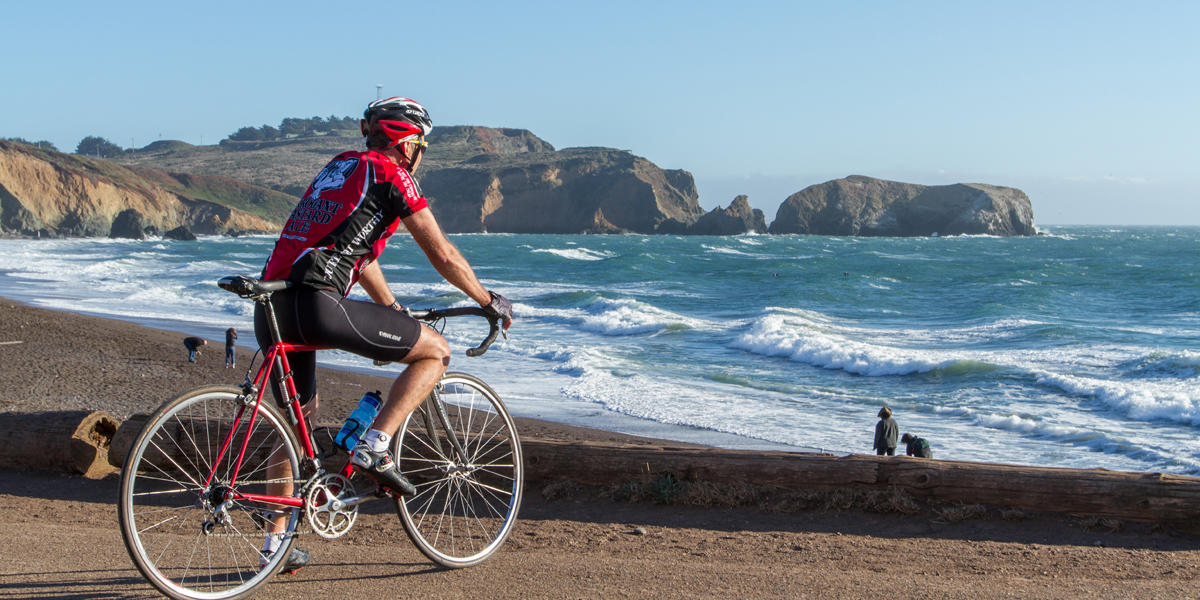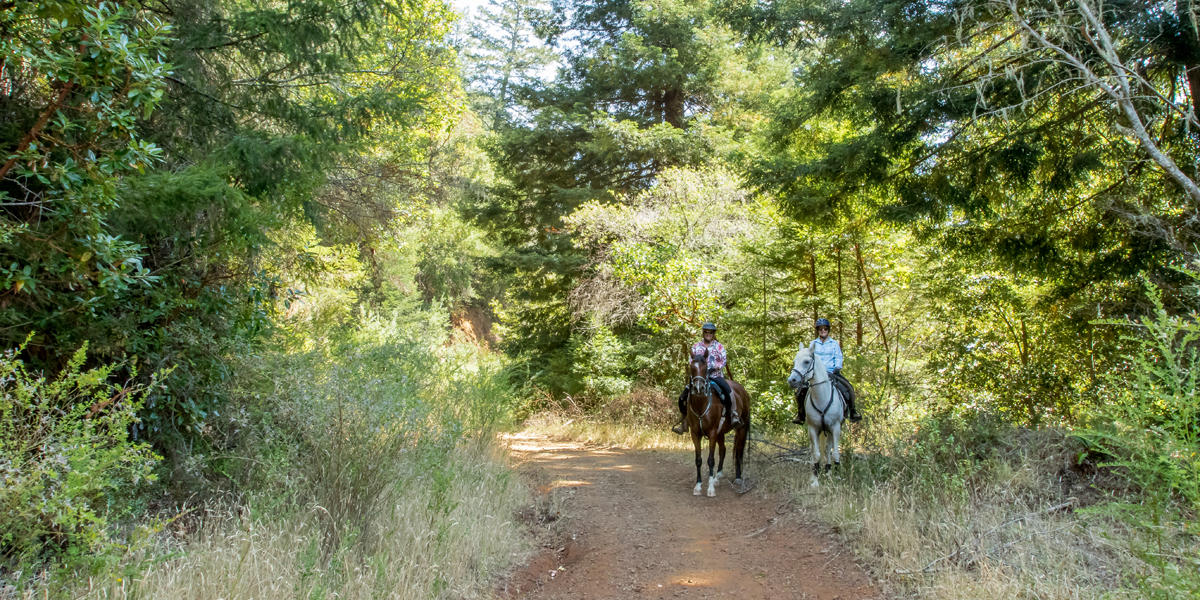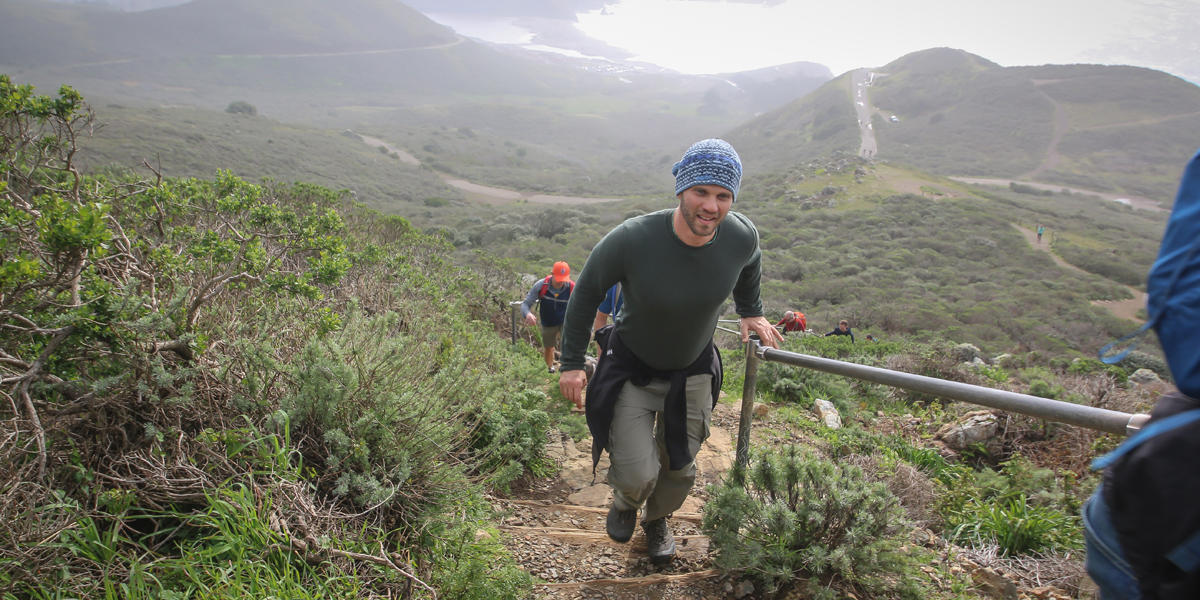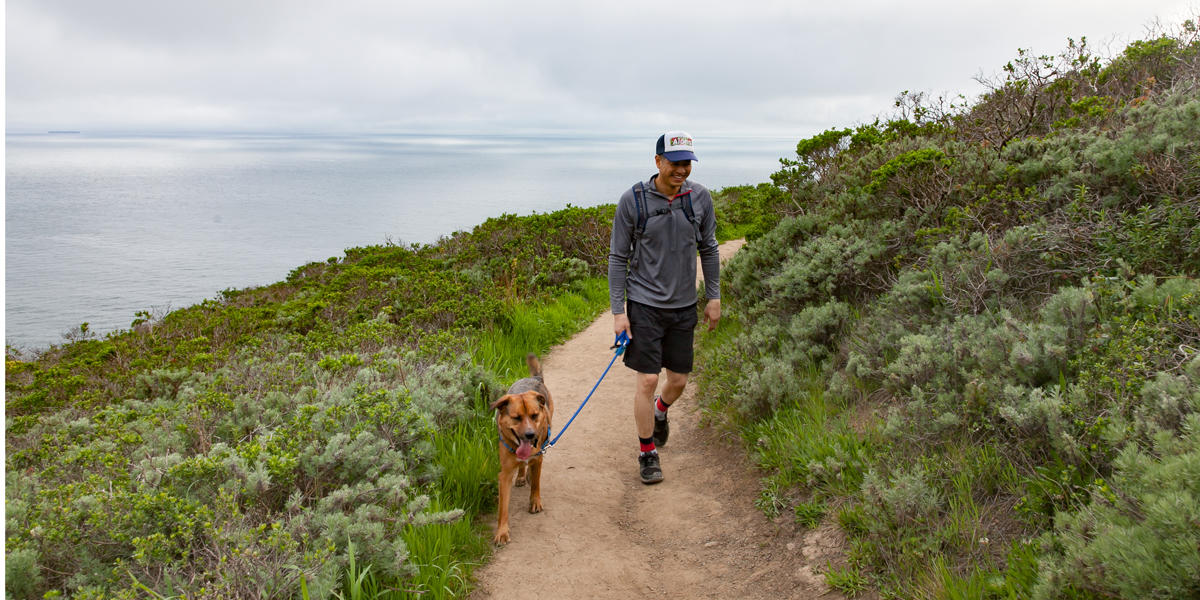Trails lead us to adventure. They are our paths through epic, natural landscapes that only feed our growing awe with each step. They ensure our impact on the environment we’re visiting is minimal. And they are meant to be shared—and shared responsibility.
Let’s discuss the informal code of conduct that should be practiced on every trail, regardless of whether it’s in a remote wilderness or your neighborhood park.
Before we get down to specifics, let’s agree on some basic, common courtesies:
- Adhere to all trail restrictions and use only trails open to your mode of transportation
- Don’t disturb others
- Leave no trace
- Call out as you ride down steep slopes or blind switchbacks
- Let others know if there are other bikers following you
- Keep speeds low around other recreationists, especially ones with children
- Slow down when sightlines are poor
Hikers and Horses
As the largest, least-predictable animals on the trail, a horse can be easily spooked; hence the need for copious amounts of space. Here’s how to keep the horses, the riders, and yourself safe in such encounters:
- Horses get the right of way from both hikers and bikers
- If you’re on a narrow trail and horses are passing, get off the trail on the downhill side as they trot by
- Speak to the rider and horse in a calm, friendly manner
- Remove your helmet if it hides your face (horses will be more likely to recognize you as a human)
- When approaching horses from the rear, stop, call ahead, and make yourself known to the rider
- When riding, be prepared to let other trail enthusiasts know what needs to be done to keep you, the horse, and other trail enthusiasts safe
- Newbie horses and riders should ride behind more experienced horses and riders
- If you are “ponying” a horse, take it slow and never take a loose horse on the trail
Some go hiking for a chance to commune with nature, some go for seclusion, and some go for both. Regardless of your intention, when hikers go toe-to-toe (or should we say boot-to-boot?), let’s make sure we’re all sharing responsibly:
- Hikers going uphill have the right of way
- Always stay on the trail to reduce erosion
- If you’re passing another hiker from behind, say a simple “hello” to announce your presence
- Pay attention to trail rules (no dogs, on-leash, or off-leash/voice command)
- When dog owners meet other park visitors on the trail, dog and owner should yield the right-of-way to allow the others to pass, to prevent a walk-by sniffing
- When encountering horses on the trail, the dog owner should first yield the trail. Then, the owner should ensure the dog is calm and under voice control. Horses can be easily spooked by strange dogs, and it is the dog owner’s responsibility to keep their animal quiet and under firm control (no sudden moves toward the horse).
- Clean up after your doggo. No one likes to see those mini-mounds—or the plastic poopy bags on the trail. Dog feces can also carry diseases that affect native plants and animals.
o Pro Tip: Carry a reusable sealed receptacle (like an empty Pringles can) that you can store a full poop bag in, until you’re able to dispose of it properly. (It’s not as bad as it sounds!)
Remember: These are simple suggestions and not the law of the land. These are your parks to enjoy—just be sure to enjoy them responsibly without hindering another visitor’s national park experience. Who knows? It could be that person’s first time in the park. Let’s make getting outdoors a positive experience for everyone!
Did we miss something? We want to hear your tips for maintaining civility in the parks! Post to Facebook or tweet at us (@parks4all) with #trailetiquette. Or email us your suggestions at socialmedia@parksconservancy.org.
Politely Plan Your Next Trip to the Parks
Save
Save
